The iBasso AMP16 amplifier card was kindly provided free of charge in exchange for an honest review. I didn’t receive monetary or any other kind of compensation and I don’t use affiliate links. The price of the iBasso AMP16 is $219 and you can buy it from here.
iBasso AMP16
The iBasso AMP16 is a high-performance amplifier card designed exclusively for the iBasso DX340 digital audio player. For readers not familiar with the iBasso DX340 let’s remember that is a flagship digital audio player (DAP) that accepts replaceable amplifier cards. The AMP16 combines cutting-edge solid-state circuitry with classic vacuum tube warmth to offer two versatile sonic palettes.
The AMP16 adopts a dual-mode operational philosophy: Tube mode for warmth and harmonic richness, and Class AB solid-state mode for precision and control. The modes can be effectively toggled on the fly through the drop down menu of the DX340.
The internal circuitry of the AMP16 card is identical with the analog stage of the iBasso Nunchaku but it additionally supports 12V external DC input that doubles its power output.
Technical highlights
The tube mode incorporates an analog tube circuitry via two miniature Raytheon JAN6418 pentode vacuum tubes that are NOS. To ensure tube-to-tube consistency, iBasso hand-pairs each set using high-end Audio Precision APx555 analyzer, focusing on consistent second and third harmonic distortion profiles.
Unlike the majority of portable audio devices that typically rely on 9V or 12V power supplies, the AMP16 is equipped with a specialized 22.5V anode power supply tailored specifically for the JAN6418 tubes. This elevated voltage configuration enhances performance by providing increased headroom, allowing the tubes to operate at their optimal potential.
The tubes are not just “tube buffers” but are integrated into the signal amplification path, with support from Texas Instruments op-amps and BUF634A current buffers. These solid-state elements operate in tandem with the tubes to maintain a low-noise floor and adequate current drive capability for modern in-ear monitors and headphones.
Switching to Class AB mode bypasses the tubes entirely, engaging the high-power op-amp and buffer-based amplifier chain designed for clean, linear performance.
Finally, iBasso has equipped the AMP16 with a 100 steps JRC hardware volume control that not only finely adjusts the volume but also simultaneously reduces the potential noise of the vacuum tubes.
You can read more about the iBasso AMP16 here.
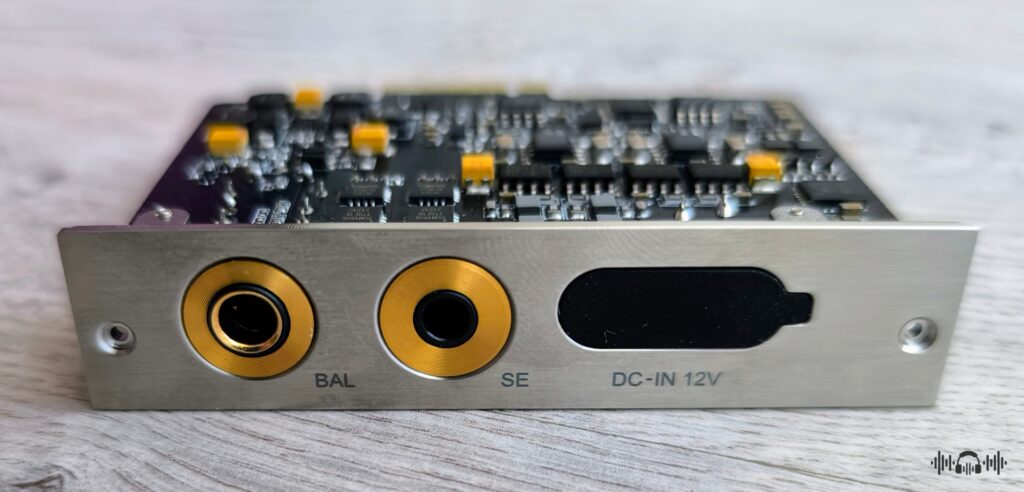
Mechanical design and microphonics control
One of the most common criticisms of portable tube amplification is microphonics, the sensitivity of tubes to physical movement, which introduces unwanted ringing artifacts. To address this, iBasso implements a PORON suspension system, which isolates the vacuum tubes from mechanical shock and vibration. PORON, a microcellular urethane foam used in high-end acoustic damping, prevents the JAN6418 tubes from transmitting physical disturbances to the signal path and greatly reduces the microphonic effect.
Installation of the card
Together with the AMP16, the buyer gets a torx screwdriver and some spare screws. In order to install the AMP16, the only thing you have to do is to unscrew the two screws at the bottom of the DX340 and gently pull out the AMP15. Then carefully insert the AMP16 and fasten the screws back. Please make sure that the DX340 is updated to the latest firmware.
Power output
The AMP16 has both 3.5mm and 4.4mm phone outputs that, unlike the AMP15, cannot be set as dedicated line outputs that bypass the amplification stage. Each working mode offers a slightly different power output rating with the Class AB being the most powerful.
The AMP16 builds upon the legacy of the AMP15, featuring a 12V DC input through an external power adapter that doubles its power output and makes it reach desktop level performance. The DC input enables the super gain mode allows the DX340 to drive considerably more difficult loads, effectively bridging the gap between portable and desktop amplification. An external DC power supply is already included in the DX340 package.
The detailed power output specifications are:
Class AB mode: The 4.4mm balanced output power is 2000mW*2/32Ω (12V DC-IN) or 1000mW*2/32Ω (Battery). The 3.5mm output is 500mW*2/32Ω (12V DC-IN) or 260mW*2/32Ω (Battery).
Tube mode: The 4.4mm balanced power output is 1500mW*2/32Ω (12V DC-IN) or 660mW*2/32Ω (Battery). The 3.5mm power output is 400mW*2/32Ω (12V DC-IN) or 150mW*2/32Ω (Battery).

Noise and heat
The solid state Class AB amplification mode of the AMP16 is totally silent without producing audible hissing or background noise, making it ideal for use with sensitive earphones.
Switching to the Tube mode with the same sensitive earphones you will notice a low level hissing noise that is not audible during music playback. Normal sensitivity loads are immune to this noise, the AMP16 is surprisingly silent in its Tube mode with such loads.
The microphonic effect of the tubes is minimal, you must tap the bottom back side of the DX340 with force to make it produce a faint ringing sound. Under normal use conditions such ringing noise is totally absent.
Another important thing to note is that, unlike the AMP13 and AMP14 that are very sensitive to EMI, the AMP16 is well shielded and immune to the EMI generated by the WiFi module of the DX340. This is the only tube hybrid amplifier card available for the DX340 that can be used with steaming services without producing any audible interference noise.
The JAN6418 mini-tubes run very cool and don’t produce much heat so the DX340 doesn’t get warmer than normal.
Battery duration with the AMP16
The battery duration of the DX340 in Class AB mode is almost identical to that of the AMP15. That is about 8-9 hours from its balanced output at high gain streaming Qobuz. The Tube mode is just slightly more power hungry and reduces the battery duration about one hour under the same circumstances.
A few notes regarding the burning and associated gear
Believe it or not, the AMP16 needs at least 150-200 hours of “burn-in” time to let the tubes settle down and reach their full potential. If you are not a believer, please do yourself a favor and allow plenty of use time before you reach a final verdict about the sonic performance of the AMP16.
The AMP16 was tested with the same headphones and earphones that I have used for the iBasso DX340 Review. Mainly the Meze Audio Poet, the iBasso SR3, the ISN Audio H60 and the LETSHUOER Cadenza 12 with Lavricables pure silver cables.
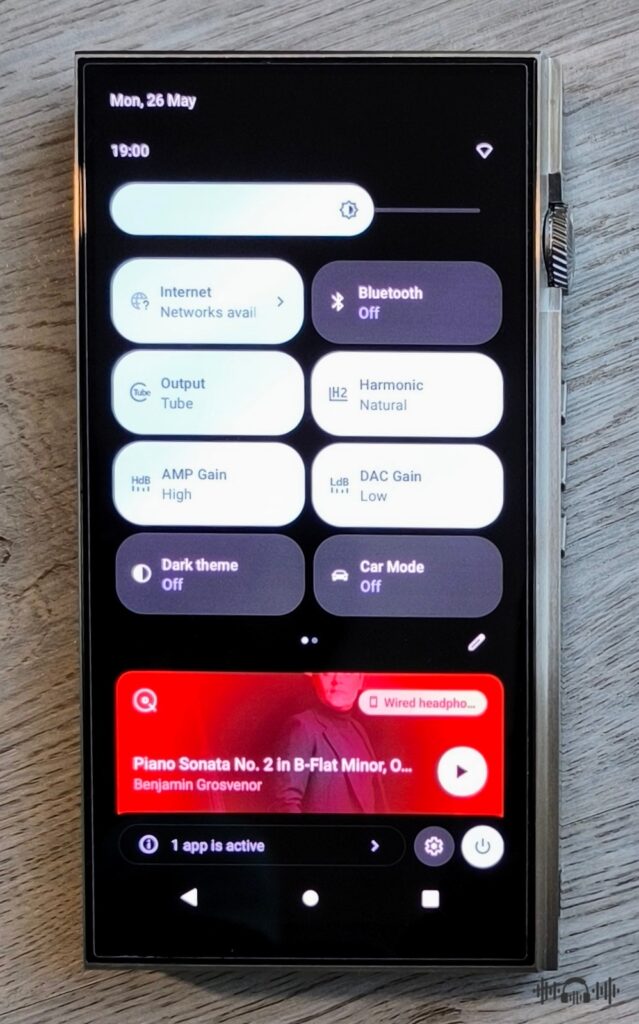
Listening impressions
Both modes of the AMP16 offer impressive sonic performance, and in combination with the harmonic adjustment and the various gain settings of the DX340, it is unlikely that you will not find the perfect match for your headphones and listening preferences.
Class AB mode
The Class AB mode of the AMP16 has a classic solid state sound flavor but the presentation is not as academic as with the AMP15. The AMP16 retains most of the class leading neutrality and transparency of the AMP15 but it slightly pushes technicalities to the background in favor of some extra musicality.
The Class AB mode of the AMP16 might not be as technically competent and precise as the AMP15 but in exchange it sounds more engaging and exciting. The AMP16 doesn’t have the same austerity and critical attitude of the AMP15, instead it emphasizes the fun elements of the music but still without many compromises in overall fidelity and technical performance.
The AMP16 is not as resolving and refined as the AMP15 and can’t match its clarity and definition but it manages to capture the harmonic richness of the music in a more successful way. The bass is not as technical but it sounds a bit more elastic and weighty, the mid-range is lusher and more euphonic while the treble is smoother and more relaxed.
Even with the AMP15, the DX340 is a DAP completely devoid of digital glare and artificiality, however the AMP16 adds a touch of extra naturalness to the timbre. The solid state mode of the AMP16 is a bit warmer and less clinical sounding than the AMP15 while it makes the soundstage a little more holographic and immersive, albeit without reaching its class leading imaging and separation.
Tube mode
The Tube mode is what makes the AMP16 so special. Switching to it instantly imbues the sound with the harmonic richness that tube aficionados love and adore. The sound becomes slightly warmer and more emotional without syrupy or dark elements. The tube mode is more euphonic and expressive than the Class AB but without much compromises in technical behavior and transparency.
This is a well implemented tube stage where the tubes are used to enhance the harmonics of the music, leaving the frequency response curve perfectly flat. This hybrid design combines the good traits of the tubes with solid state precision and driving power.
The bass remains tight and controlled with full dynamic swings and great physical impact. It can’t match the technical performance of the Class AB mode (or the AMP15) but it sounds considerably more elastic, weightier and less dry. The tubes add natural reverb without echoing artifacts and a fuller body to the textures, two qualities that are missing from the solid state mode.
The mid-range gains in realism factor and sounds more lifelike without falling short in articulation and clarity. The timbre is more organic and analog-like with a wider colour palette and their intermediate tone gradings. The tube mode might sound a little veiled and not that clean in comparison to the Class AB (or the AMP15) but it excels with its harmonic expressiveness and musicality.
The treble is a little shy and not as sparkling as in the other two options but it doesn’t lack in extension and energetic propulsion. The presentation is more relaxed and less aggressive, the tubes imbue the higher frequencies with a mild smoothness and paint the timbre with more vivid colors. The Tube mode is not as resolving but it adds richness and weight without loss of texture finesse.
The special soundstage
The soundstage is where you must have the AMP16 properly burned in order to understand what the tubes are capable of doing. At the first hours of use, the soundstage sounds more constrained and less expansive in comparison to the other options. At this stage you must stay patient and let the tubes burn to experience the metamorphosis of the caterpillar to a butterfly.
After some hours of use, the soundstage gains both in width and depth, the layering improves and surpasses all the other options in total immersion and presentation grandeur. The truth is that the Tube mode doesn’t quite offer the same class leading imaging and positioning accuracy of the AMP15 (or the Class AB mode to a lesser extent) but only the tubes can capture the natural ambience and sound that holographic and realistic. With the tubes the music becomes more alive and the soundstage becomes more proportional and realistic.
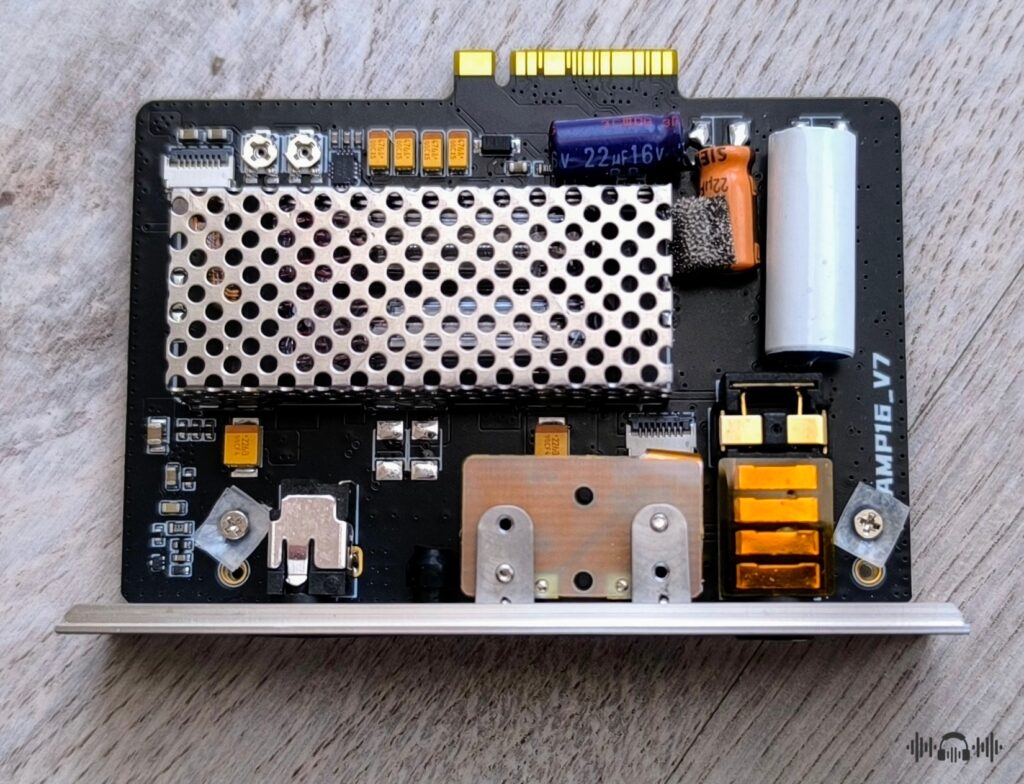
In the end
The iBasso DX340 is among the best flagship DAPs currently available and one of its greatest strengths is its modular amplifier card system that makes it much more versatile against the competition.
The AMP16 is the first replacement amplifier card specifically designed for the DX340. An amplifier card that combines Tube hybrid and Class AB amplification modes that sound equally impressive and are easily selectable from the internal menu of the player.
The AMP16 should not be viewed as an upgrade to the already excellent sounding AMP15 but rather as something that unlocks new possibilities and allows the user to explore further sonic paths. Music is about variety and thanks to the AMP16 you can get – not one – but two new exciting sound profiles at a very reasonable price that everyone can afford.
Copyright – Petros Laskis 2025.
+ New amplifier card specifically designed for the iBasso DX340
+ Class AB and Tube hybrid amplification modes
+ Two different and equally exciting sound profiles
+ The Tube mode offers great harmonic richness
+ External DC input that doubles the power output
+ Very powerful, especially in DC mode
+ The Class AB mode is totally silent
+ The tube mode is immune to WiFi inference
+ No tube microphonic noise
+ Doesn't get warm
+ Easy installation
+ Reasonably priced and affordable
- No dedicated line output
- Slightly increased power consumption in Tube mode
- The Class AB mode is not as technical and transparent as the AMP15
- The tube mode might introduce a faint hissing with sensitive earphones


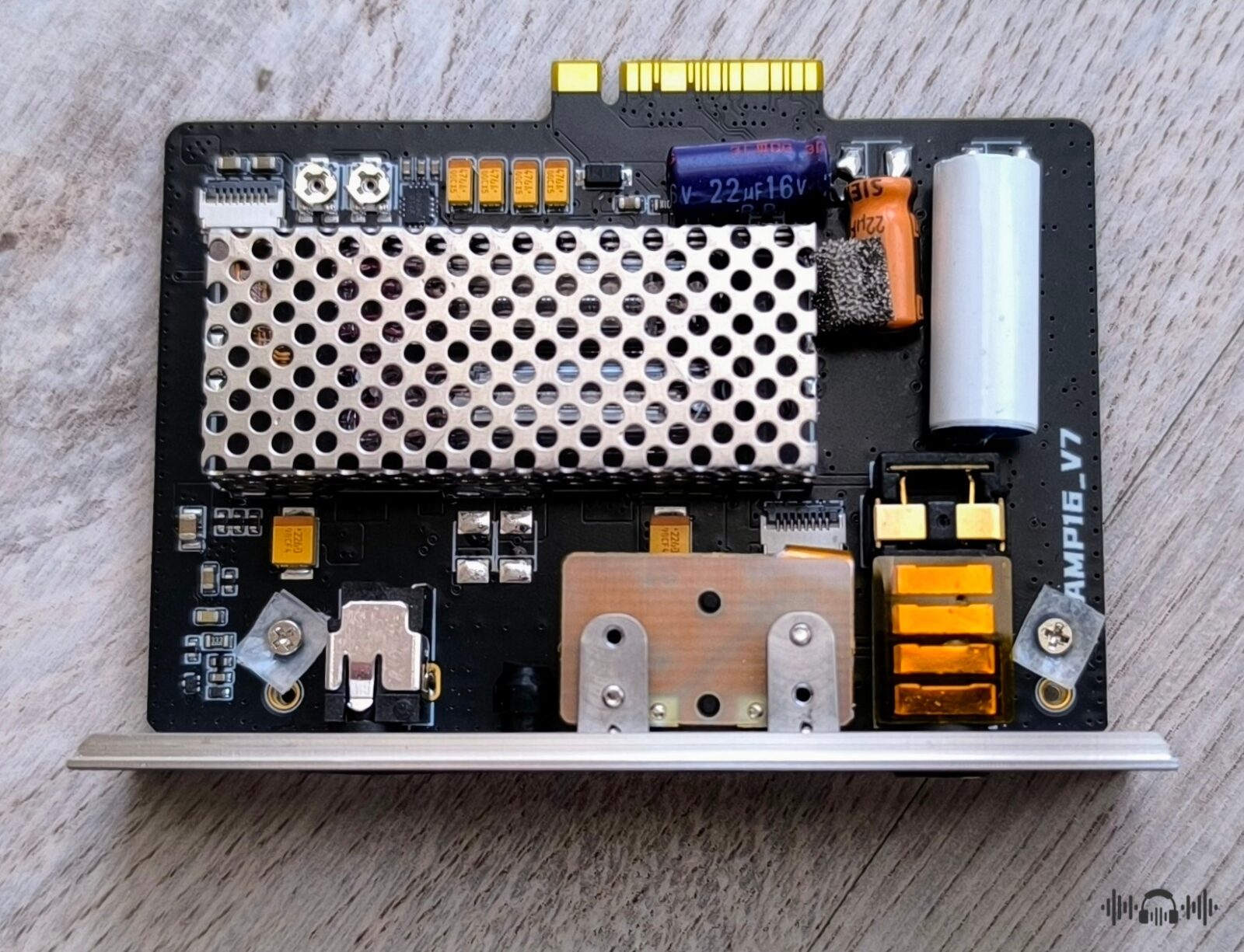


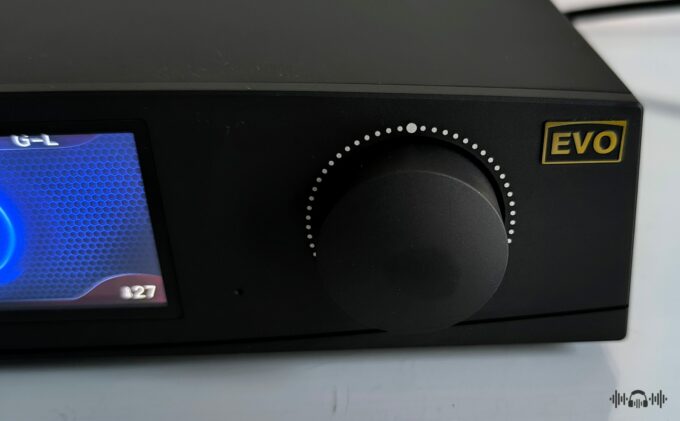

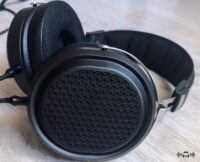
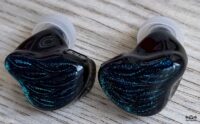
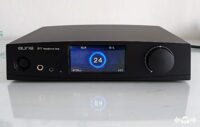

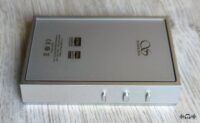
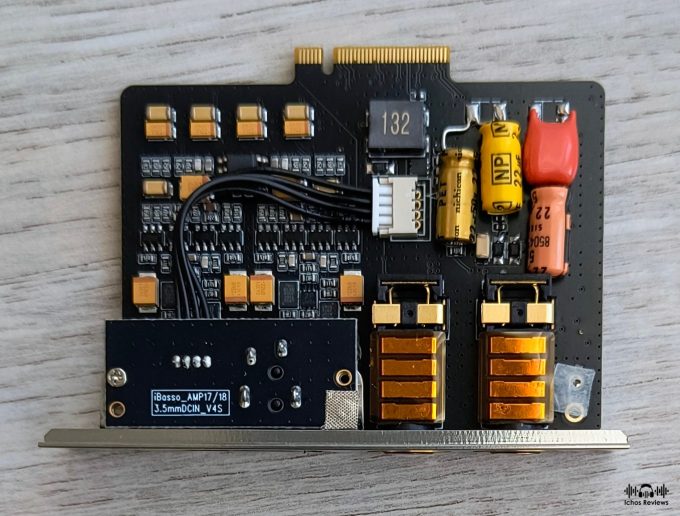
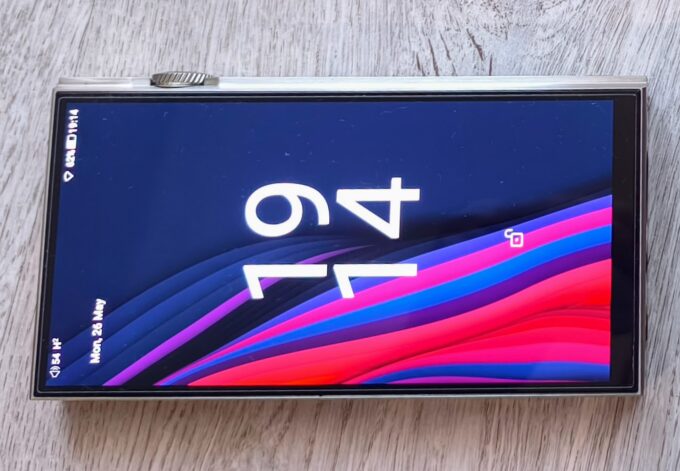
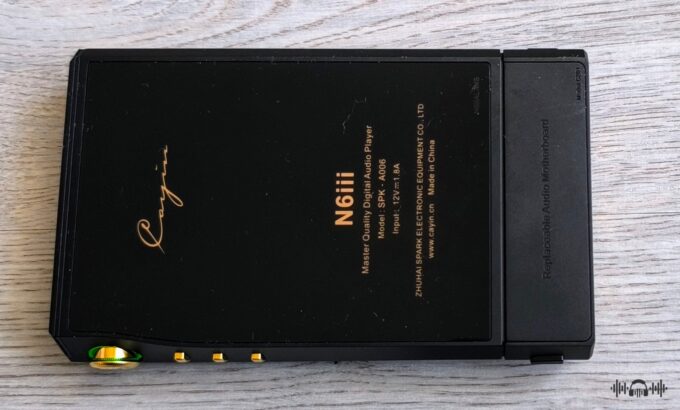
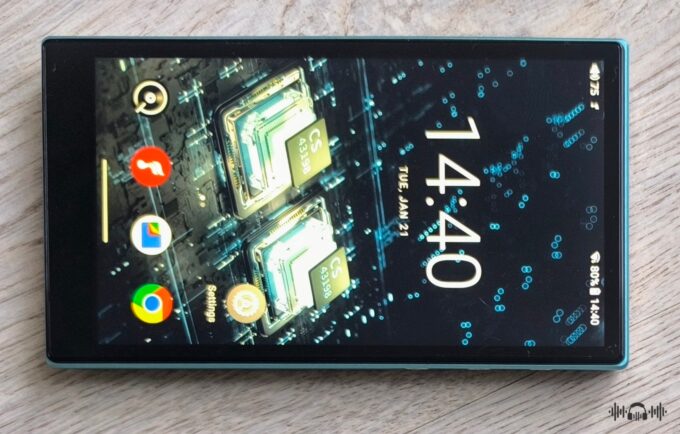
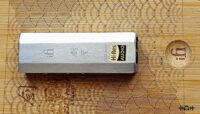

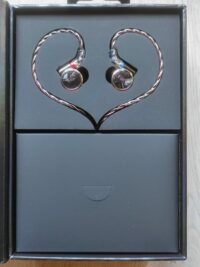
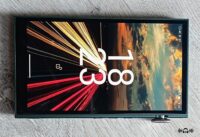


Leave a comment